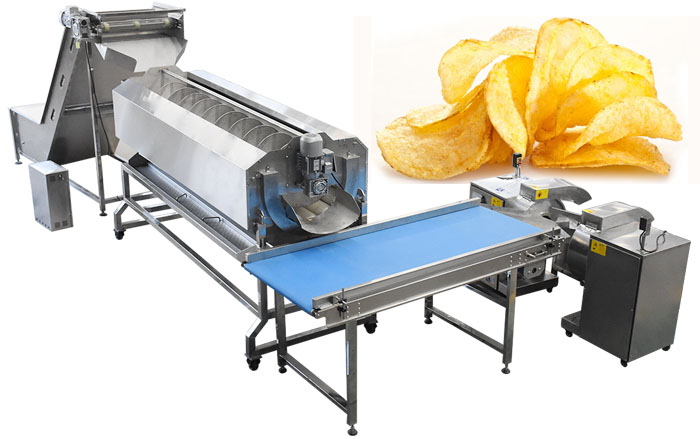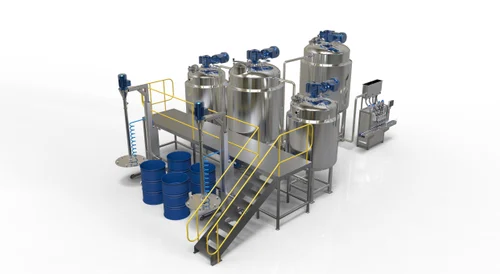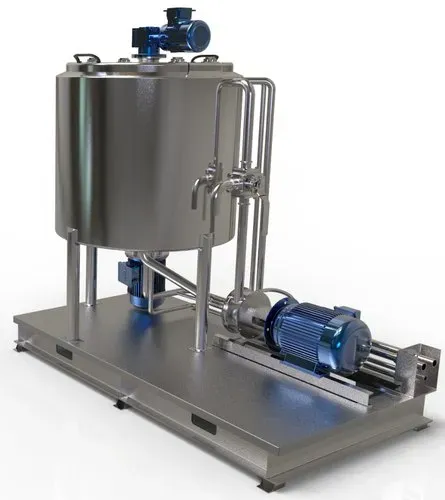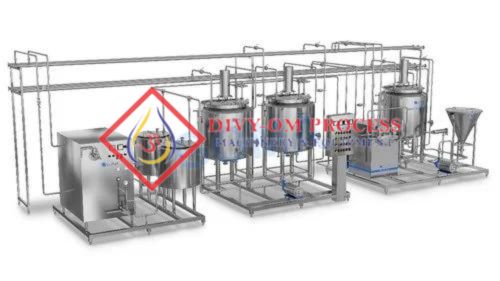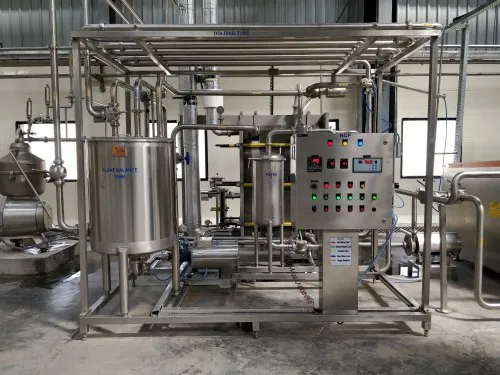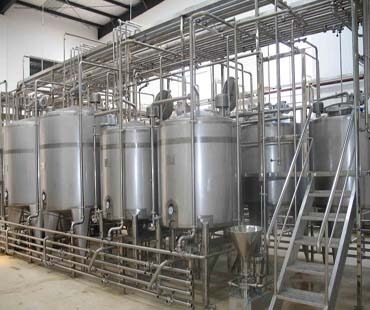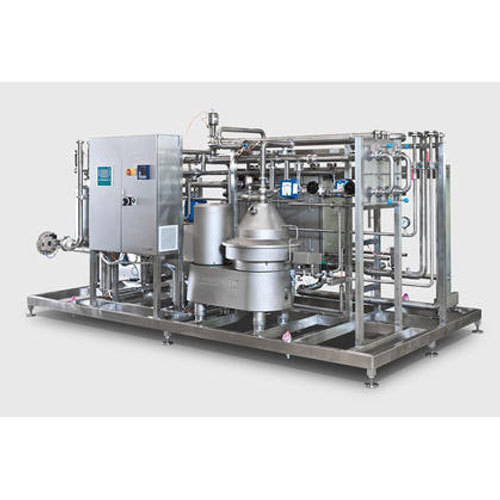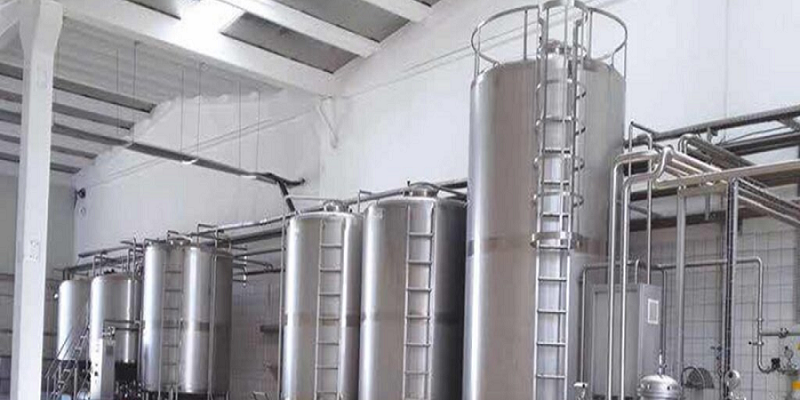Tomato Ketchup Sauce Processing Machinery
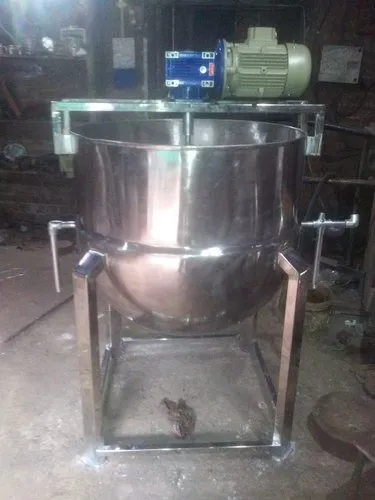
Automatic Tomato Ketchup Sauce Processing Machinery 200kg/hr.
Features:
- High Efficiency: Automated processes for increased throughput.
- Versatile Processing: Handles washing, peeling, cooking, and packaging.
- Adjustable Settings: Precise control over temperature and ingredient ratios.
- Hygienic Design: Stainless steel construction for easy cleaning.
- Automated Controls: Programmable for accurate processing.
- Energy Efficient: Optimizes power use.
- Scalability: Available in various capacities.
- Durable Construction: Robust materials for long-lasting use.
- Safety Features: Built-in safeguards for operator safety.
Product Specifications:
| Feature | Description |
|---|---|
| Function | Processes tomatoes into ketchup sauce |
| Capacity | Varies (e.g. 500 kg/hr 1000 kg/hr) |
| Components | Washing - peeling- grinding-cooking and bottling units |
| Material | Stainless steel-food grade-materials |
| Operation | Electric with programmable controls |
| Processing Steps | Washing-crushing-cooking-mixing-cooling and packaging |
| Applications | Food production & condiment manufacturing |
Tomato ketchup sauce processing machinery is essential in the production of high-quality ketchup and other tomato-based sauces. These machines streamline the production process, ensuring efficiency and consistency in large-scale manufacturing. Here’s an overview of the key aspects:
1. Function
Tomato ketchup processing machinery transforms fresh tomatoes into a smooth, flavorful ketchup sauce. The machinery handles various stages of production, from initial tomato preparation to final packaging.
2. Components
- Washing Unit: Cleans tomatoes thoroughly to remove dirt and contaminants.
- Peeling Unit: Removes the skins from the tomatoes, which is crucial for achieving a smooth texture.
- Grinding Unit: Crushes peeled tomatoes into a pulp or puree.
- Cooking Unit: Heats the tomato puree with spices, vinegar, and sugar to develop the desired flavor and consistency.
- Mixing Unit: Blends ingredients evenly to ensure uniform taste and texture.
- Cooling Unit: Lowers the temperature of the cooked ketchup to prepare it for packaging.
- Packaging Unit: Fills and seals bottles or jars for distribution and sale.
3. Capacity
The capacity of these machines varies widely to accommodate different production scales. Small-scale units might process hundreds of kilograms per hour, while industrial models can handle several tons per hour.
4. Material
The machinery is typically constructed from stainless steel and other food-grade materials to ensure hygiene, durability, and resistance to corrosion.
5. Operation
Modern ketchup processing machinery often features electric power with programmable controls. This allows for precise adjustments to processing parameters, such as temperature and mixing times, to achieve consistent quality.
6. Processing Steps
- Washing: Ensures the tomatoes are clean before further processing.
- Crushing & Peeling: Prepares the tomatoes by removing skins and creating a puree.
- Cooking: Incorporates ingredients and heat to develop the ketchup’s flavor and consistency.
- Mixing & Cooling: Ensures even flavor distribution and prepares the sauce for packaging.
- Packaging: Seals the ketchup in containers to maintain freshness and facilitate distribution.
7. Applications
This machinery is used in various food production settings, including large-scale manufacturing plants, commercial kitchens, and food processing facilities. It is vital for producing ketchup at a consistent quality and meeting the demands of both domestic and international markets.
Overall, tomato ketchup sauce processing machinery enhances efficiency, ensures product quality, and meets the high standards required for mass production.

